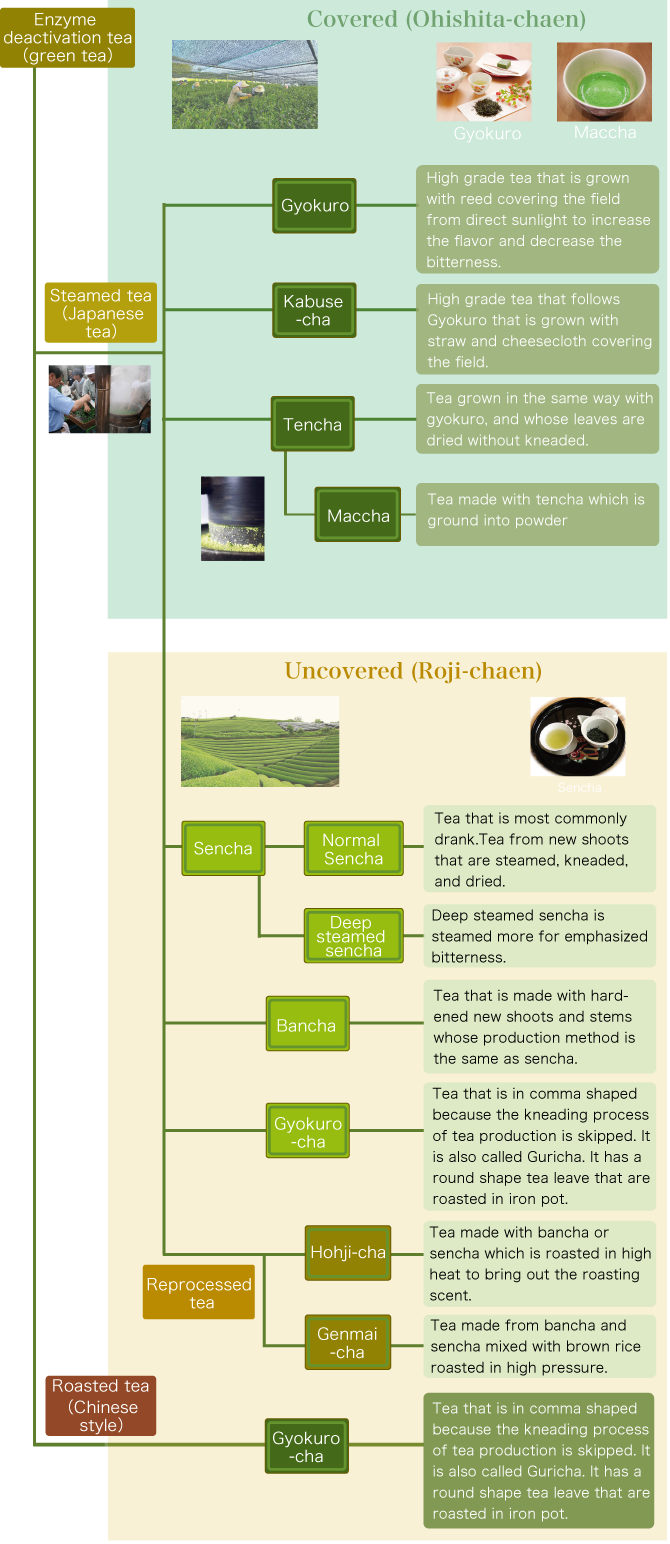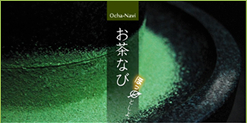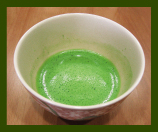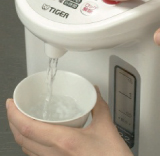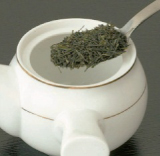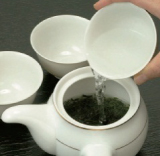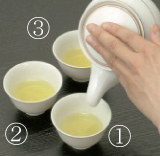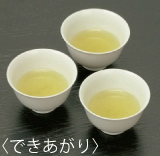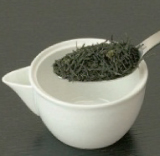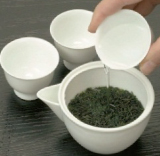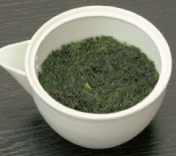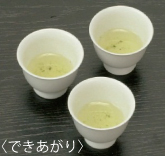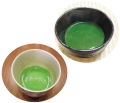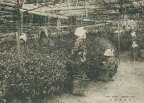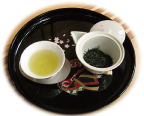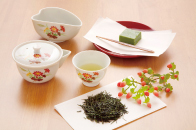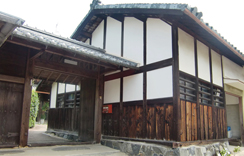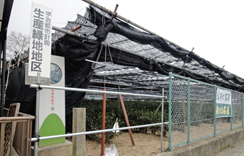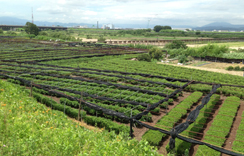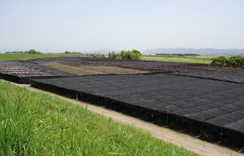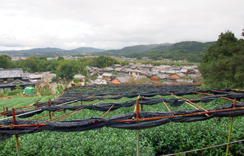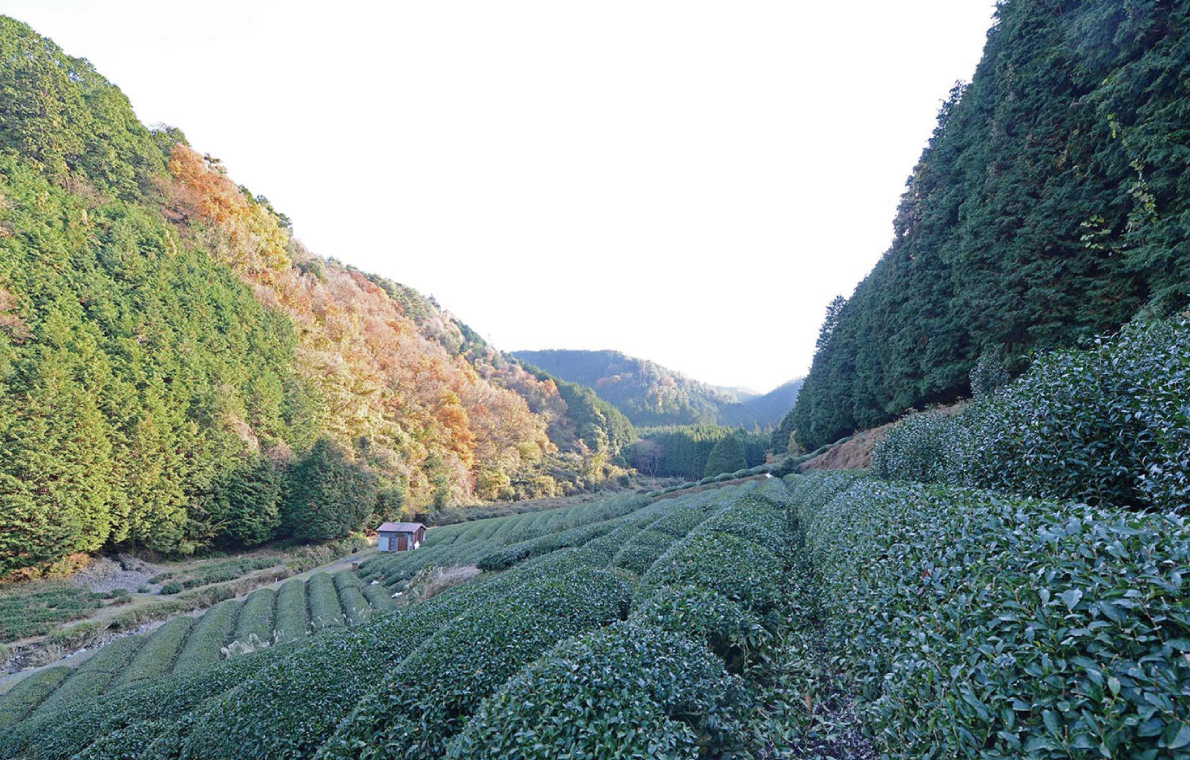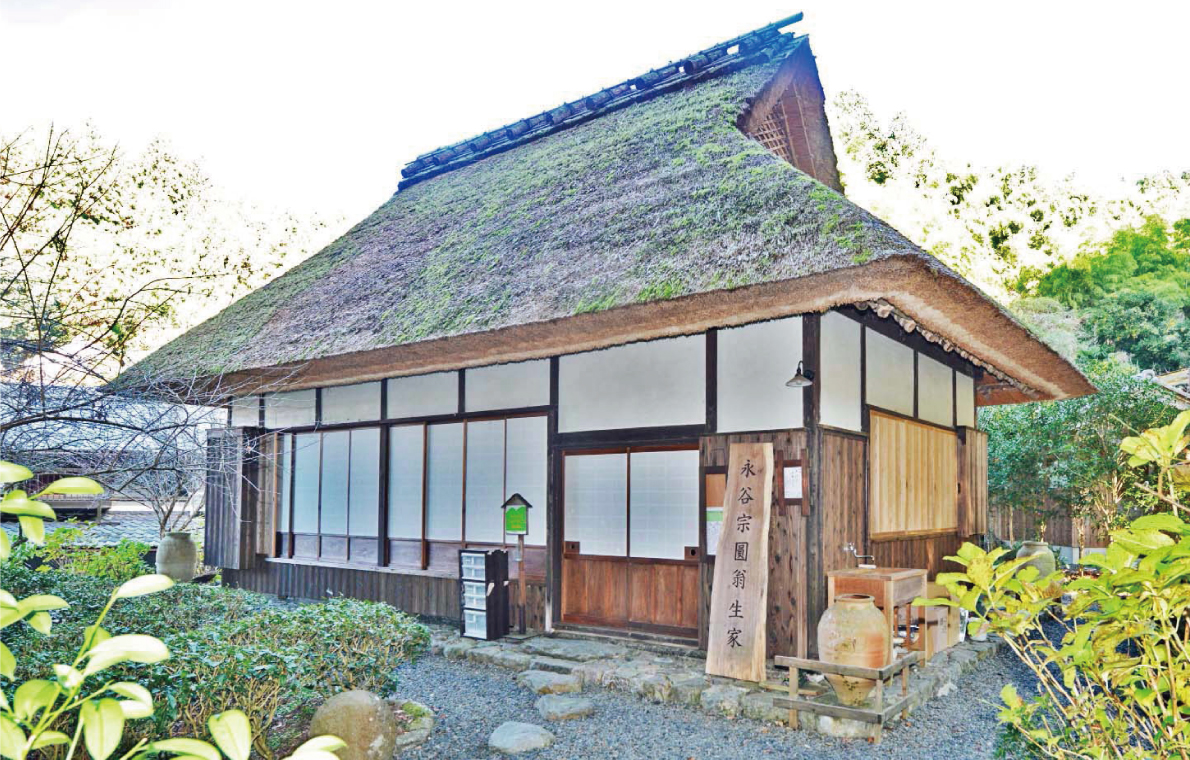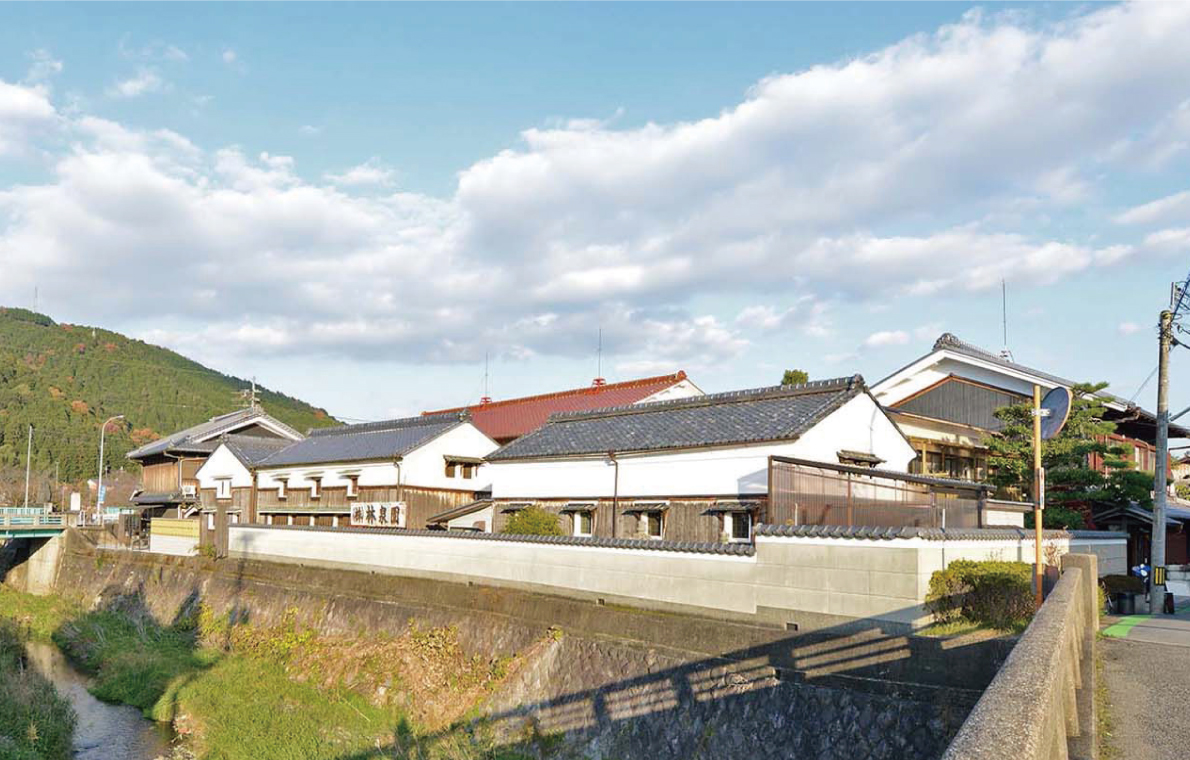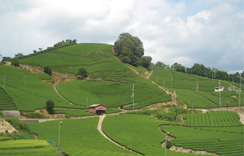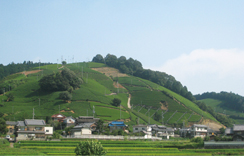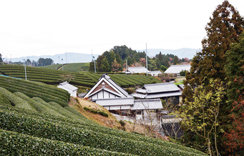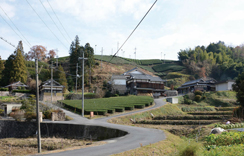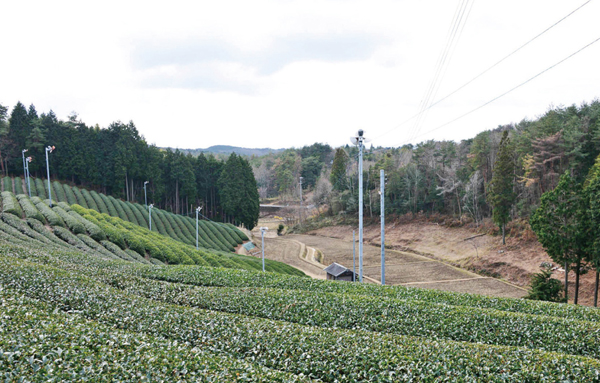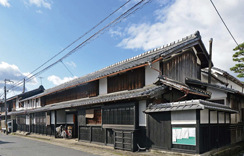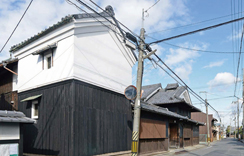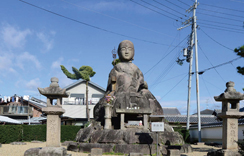Maccha
○A Maccha teacup, a tea whisk and a sieve
○A tea scoop or measuring spoon
○A cup or mug to cool the boiled water
 |
If you use sieve to sift the Maccha powder, it makes it easier to create smooth foam. |
 |
Put 2 tea scoops of Maccha, about 1.7g, in the mug |
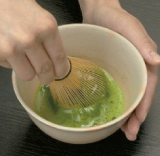  |
Pour one third (70~80cc) of the hot water with a temperature of around 80 degrees C.
With the opposite of your dominant hand, hold the teacup firmly. With the index, middle finger, and thumb of your dominant hand, hold the tea whisk’s bamboo handle. At first, mix the tea powder very gently in the water, then in a repeating motion, move your wrist back and forth to mix it well. At the end, move the tea whisk elegantly to smooth out the surface of the tea and then take the whisk out very slowly. |
 |
It is done when the surface of the tea is covered with very creamy foam. |

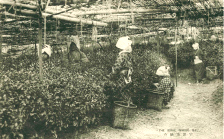
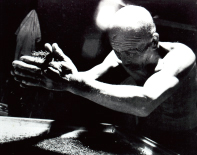 As “sencha” spread, field called “yamanari kaikon” that opened up the field using the slope of the landscape spread the cultivation area of “sencha” using roji cultivation in Ujitawara-cho and Wazuka-cho. Furthermore, by the end of the open port at the end of the Edo period, “sencha”was exported via Yokohama Port and Kobe Port, whichmade contribution to earning foreign currency by taking part in the export industry as exported goods mainly to the American market. Around this time, the mountain area such as Minamiyamashiro Village became a tea production area.
As “sencha” spread, field called “yamanari kaikon” that opened up the field using the slope of the landscape spread the cultivation area of “sencha” using roji cultivation in Ujitawara-cho and Wazuka-cho. Furthermore, by the end of the open port at the end of the Edo period, “sencha”was exported via Yokohama Port and Kobe Port, whichmade contribution to earning foreign currency by taking part in the export industry as exported goods mainly to the American market. Around this time, the mountain area such as Minamiyamashiro Village became a tea production area.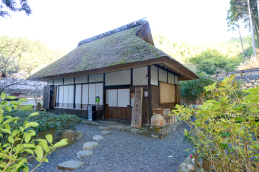 As a result, tea production in Yamashiro area in the south Kyoto spread to hills, slopes, and river bed instead of just staying on the flat ground. Villages were formed based on the fields of Ohishita-chaen, Yamanari kaikon, and Roji-chaen that are good for “maccha”, “sencha”, and “gyokuro” and tea–production-related facilities.
As a result, tea production in Yamashiro area in the south Kyoto spread to hills, slopes, and river bed instead of just staying on the flat ground. Villages were formed based on the fields of Ohishita-chaen, Yamanari kaikon, and Roji-chaen that are good for “maccha”, “sencha”, and “gyokuro” and tea–production-related facilities.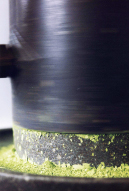 Although the tea industry had developed, the production such as picking and kneading were all done with hands. On the other hand, the production of tea leaves had increased due to the increase of tea field and improvement of cultivation technology. As a result, mechanization of tea production was inquired. For “maccha”, tea production machine was developed in Uji and for “sencha”, tea production machine that imitates “hand kneading” perfectly was developed in order to prevent mass production of inferior good in the country. Also, machines were developed for picking tea leaves. The mechanization spread to Yamashiro area in the south Kyoto and the area worked hard to maintain the quality. Also, there were technological innovation for related goods such as motorizing the tea grinding motor to crush the tencha into maccha and tea box to store the tea leaves.
Although the tea industry had developed, the production such as picking and kneading were all done with hands. On the other hand, the production of tea leaves had increased due to the increase of tea field and improvement of cultivation technology. As a result, mechanization of tea production was inquired. For “maccha”, tea production machine was developed in Uji and for “sencha”, tea production machine that imitates “hand kneading” perfectly was developed in order to prevent mass production of inferior good in the country. Also, machines were developed for picking tea leaves. The mechanization spread to Yamashiro area in the south Kyoto and the area worked hard to maintain the quality. Also, there were technological innovation for related goods such as motorizing the tea grinding motor to crush the tencha into maccha and tea box to store the tea leaves.













